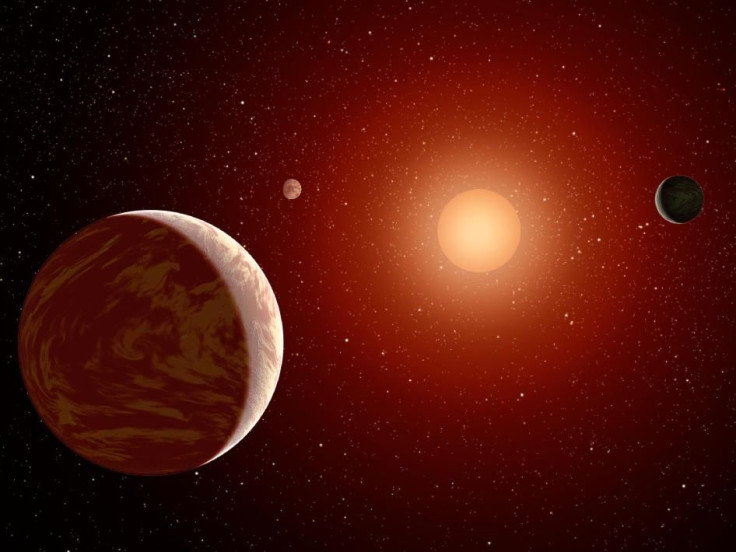Aging Planets With A Companion Planet Have More Chances Of Harboring Alien Life

A companion in old age is good not only for people but also for planets. Old Earth-size planets in the universe could be suitable for alien life to thrive should they have companion planets to help them, according to a new study.
As planets get older, they become cooler with their molten cores solidifying and their inner heat-generating activity abating. This process makes the aging planets less likely to support life as they regulate carbon dioxide to prevent cooling.
In the cases of some planets about the size of Earth, however, the gravitational pull of companion planets could generate enough heat -- through a process called tidal heating -- to effectively prevent that internal cooling, thus increasing the old planets’ chances of hosting life, according to a study published in the July issue of the Monthly Notices of the Royal Astronomical Society.
The tidal-heating process has been observed on Jupiter’s moons Io and Europa, and the authors think the same phenomenon can occur on exoplanets as well. The researchers used computer models to determine that tidal heating is possible on older Earth-size planets in noncircular orbits in the habitable zone of stars that have less than one-quarter the mass of the sun.
According to astronomers, the habitable zone refers to the region around a star where it is possible for an orbiting rocky planet to sustain liquid water on its surface, giving life a chance.
“When the planet is closer to the star, the gravitational field is stronger and the planet is deformed into an American football shape. When farther from the star, the field is weaker and the planet relaxes into a more spherical shape,” Rory Barnes, co-author of the study and an astronomer at the University of Washington, said in a statement. “This constant flexing causes layers inside the planet to rub against each other, producing frictional heating.”
According to Barnes, the companion planet is important to keep the potentially habitable planet’s orbit noncircular. If a planet’s orbit is circular, the gravitational pull from its host star will be constant and there will be no tidal heating.
The researchers believe the old planet’s own plate tectonics, coupled with the tidal heating generated by its companion, could allow it to host some of the longest-lived surface habitats in the universe.
© Copyright IBTimes 2024. All rights reserved.






















